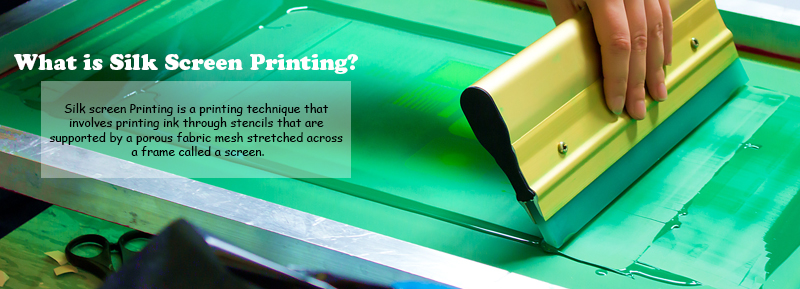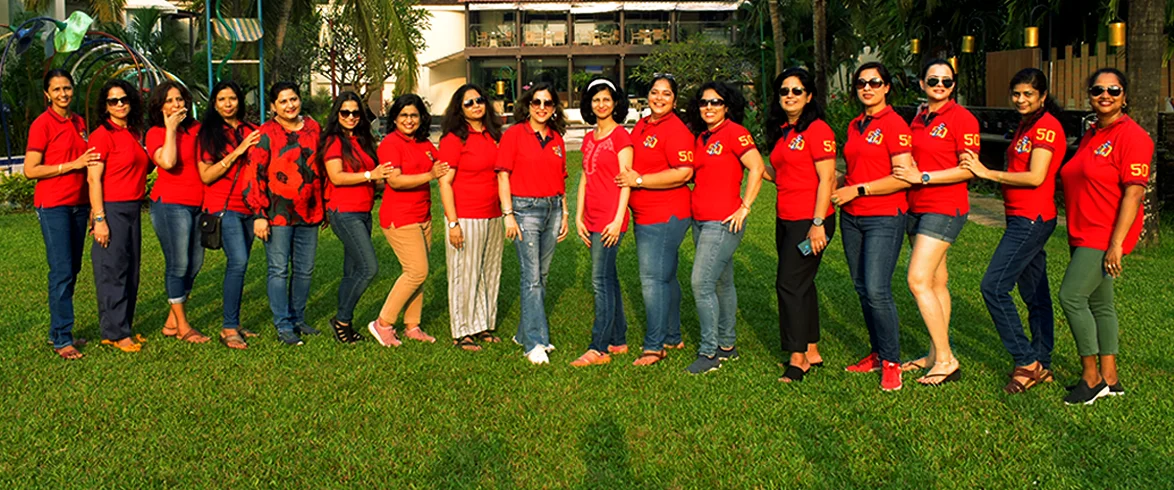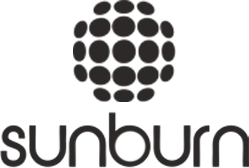Silk Screen Printing
Silk Screen Printing is one of the oldest and most popular techniques of printing on a variety of products. It has been in use for over 100 years for both commercial and artistic production of designs on t-shirts, mugs, bags etc all across the world. Silk Screen Printing also goes by the term Serigraph is a method of printing using stencils. The Word serigraph is a combination of two Greek words, seicos, meaning silk, and graphos, meaning writing. Thus this method printing gets it's name from the combination of 'seri' and 'screens' or stencils. Silk screen Printing is a printing technique that involves printing ink through stencils that are supported by a porous fabric mesh stretched across a frame called a screen. Most t-shirt designs are still printed using the Silk screen printing method. Even though digital printing is the latest form of printing, there are several advantages of silk screen printing which make it still the most widely used technique.
There are different types of silk screen printing techniques depending on the printing process used. They are:
- Full Process Printing or CMYK Printing
- Half tone Screen Printing
- Regular Screen Printing
Silk screen Printing can be traced as far back as 9000 BC, when it was used to decorate greek mosaics and egyptian tombs. Later, screen printing was used in China for designs of Buddha. Japanese artists developed a process where a piece of silk was stretched across a frame to hold the hand cut stencils. Thus the name Silk Screen Printing. Silk screen printing was adopted in the west only in the 15th Century.







































